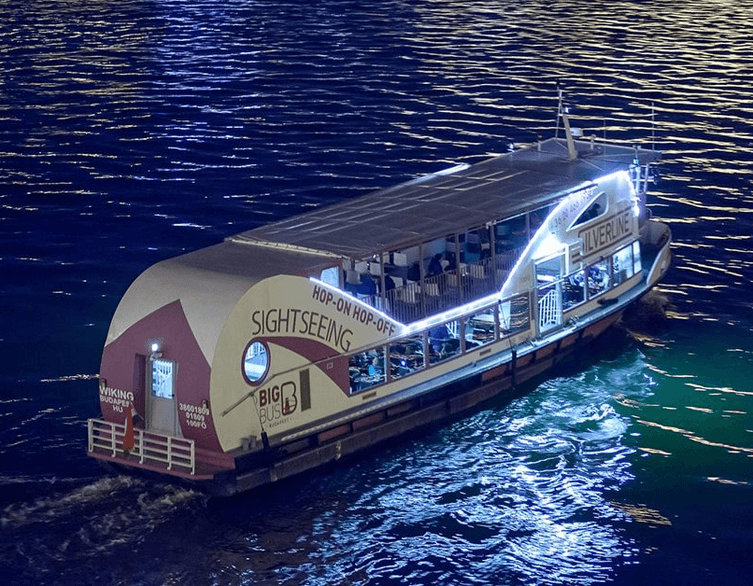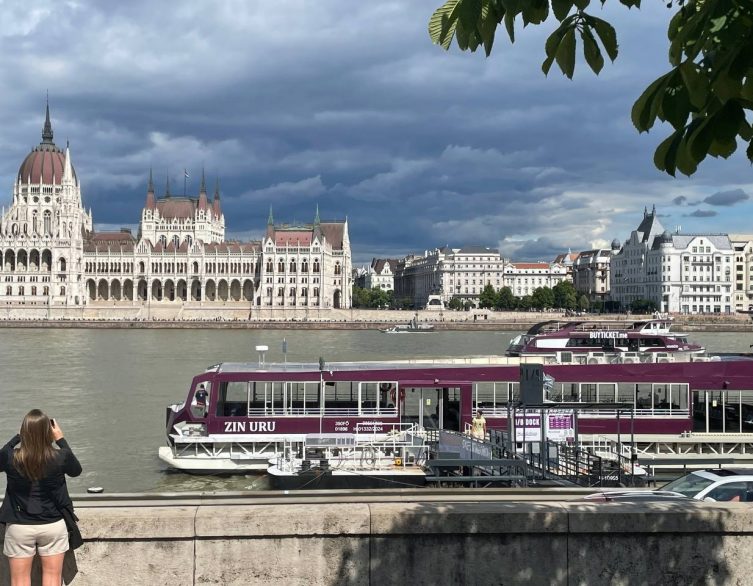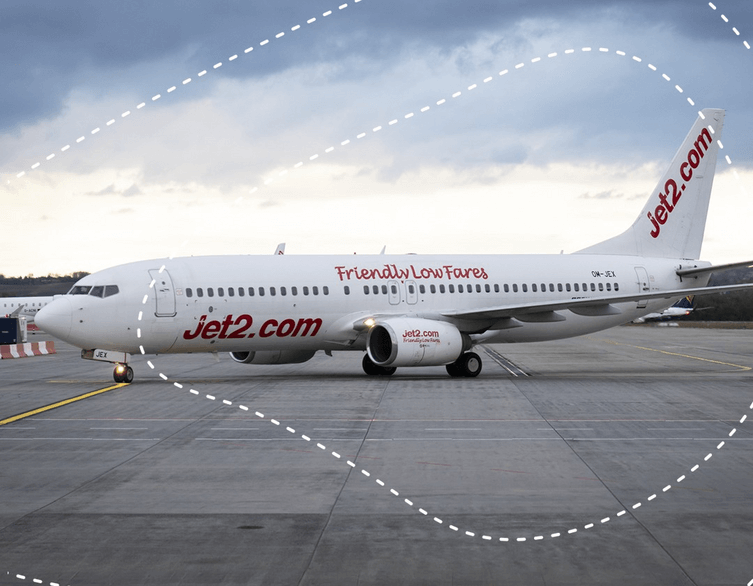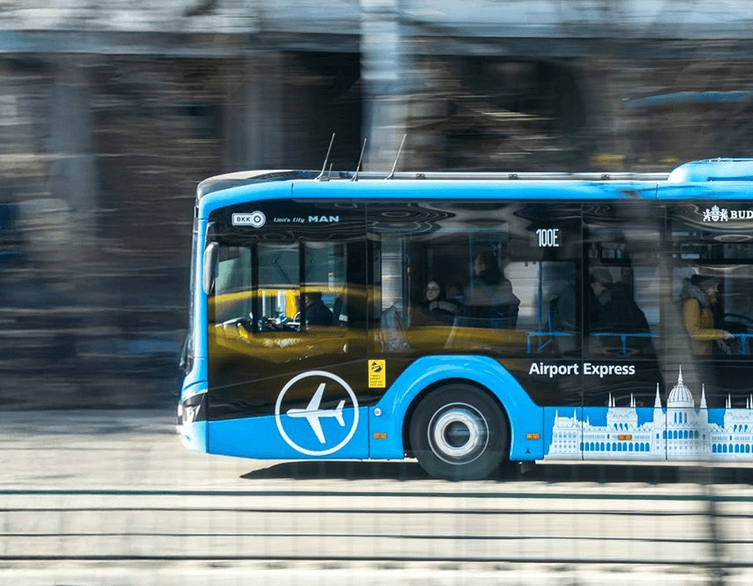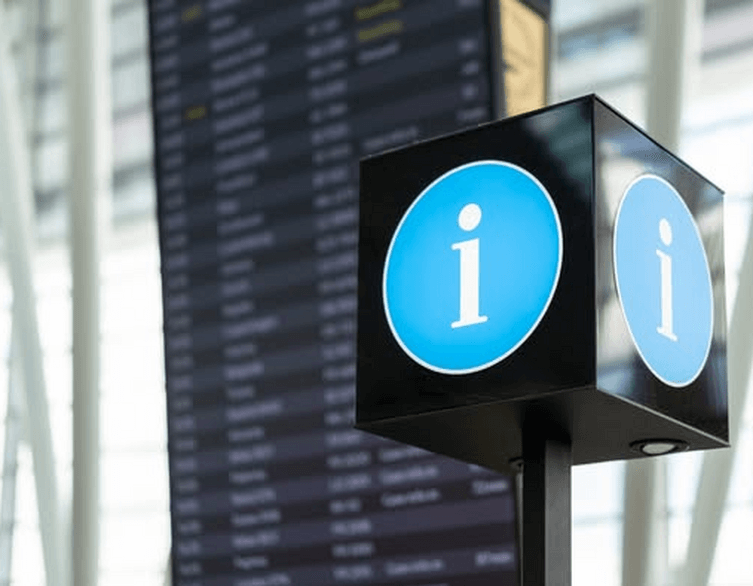Budapest Airport Express: Sixty Years of Getting You There (And Some Wild Stories Along the Way)
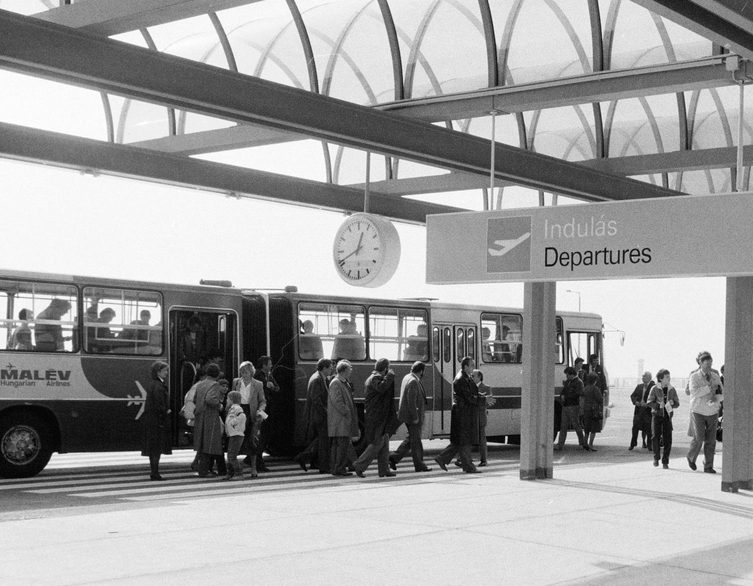
Summer in Budapest is like a magnet for tourists, and this year is no exception. With the peak season officially kicking into high gear, the city is bracing for an even bigger wave of international visitors than the impressive crowds we’ve already seen in May and June. And guess what? Budapest’s got your back with some seriously upgraded airport connections that have been six decades in the making.
More Buses, More Often, More Awesome
Starting July 1st, BKK decided to throw more buses at the problem of getting everyone to and from Budapest Airport efficiently. The 100E Airport Express, which zips between Liszt Ferenc International Airport and Deák Square around the clock, now runs like clockwork with departures every 10 minutes in the early morning, ramping up to every 6 minutes during the busiest times, and settling into a comfortable 7-8 minute rhythm in the evenings.
But here’s where it gets interesting for you savvy travelers: if you’re coming from the southern parts of Pest or arriving via the M3 metro line or train, the 200E route from Kőbánya-Kispest might be your new best friend. This route has also gotten the frequency boost treatment, now running every 8-9 minutes during the day and afternoon hours throughout the summer.
The beauty of Budapest’s airport connection system is that it’s been perfecting this dance for sixty years. That’s right – your smooth ride to the airport today is built on six decades of experience, trial, and yes, some pretty dramatic errors along the way.
A Trip Down Memory Lane (With Some Bumps)
Picture this: it’s 1960, and Budapest is about to launch its very first numbered bus routes to the airport. The 93 and 193 buses made their debut on May 1st, 1960, marking the end of a decade when only special charter buses bothered making the trek to Ferihegy. Back then, the airport was more of a curiosity than a bustling international hub. The biggest crowds showed up for aviation days – basically air shows that drew 50,000 to 60,000 spectators who came to gawk at planes rather than catch flights.
The real reason for starting regular bus service wasn’t actually the handful of passengers flying in and out, but the growing number of airport employees who needed reliable transportation to their jobs. These dedicated folks were literally building Hungary’s aviation future, one shift at a time.
The new service was made possible by a clever bit of fleet management. When Budapest introduced larger, 100-passenger Ikarus 66 buses on the busy Grand Boulevard route, it freed up six smaller Ikarus 60 buses that were perfect for the airport run. The 93 route meandered from Nagyvárad Square through the Szemere district, while the 193 express took a more direct path from Vörösmarty Square via the highway, running every 30 minutes.
When Things Go Terribly Wrong
Now here’s where the story takes a dark turn that would make any modern safety inspector break out in a cold sweat. Just six weeks after the airport bus service launched, disaster struck in spectacular fashion. On June 17, 1960, a 193 express bus careened off the highway overpass, crashed through the bridge railing, and plummeted into the depths below.
The investigation revealed a sobering truth about early public transportation safety. Witnesses reported that the driver had been turning around to chat and laugh with passengers while driving on the highway. During one of these moments of inattention in a curve, he apparently jerked the steering wheel, sending the bus over the edge. The final death toll reached eleven people, including passengers from Szeged and Pécs who were trying to catch flights from their respective cities.
Best deals of Budapest
From Tragedy to Innovation
But here’s where the story gets unexpectedly fascinating: that mangled Ikarus 60 bus didn’t just become scrap metal. Hungarian engineers, displaying the kind of resourcefulness that would make MacGyver proud, used the wreckage to create something entirely new. The rear section of the crashed bus became part of Hungary’s first articulated trolleybus, designated T400.
This eight-wheeled electric beast began test runs on May 8, 1961, and was such a hit that it was showcased at the Budapest International Fair. It served the city until 1967 and holds the distinction of being the only eight-wheeled trolleybus ever to operate in Hungary. Talk about turning lemons into lemonade – or in this case, turning a transportation tragedy into transportation innovation.
Riding History Through Budapest’s Streets
Speaking of unique transportation experiences, did you know that you can actually ride historic vehicles through downtown Budapest today? The city operates special nostalgia services that let you experience public transportation the way previous generations did. These vintage rides offer a charming glimpse into Budapest’s rich transportation heritage while you explore the city center.
Historic Planes – flying Beauties of the Past
What if you are more into the flying oldies? Well if you have a few hours to kill at the airport, you can visit the Aeropark next to the airport and marvel at the beautiful metal birds of the past.
Modern Comfort Meets Historical Wisdom
Today’s airport express services represent the culmination of sixty years of learning, improving, and occasionally spectacular failing. The modern 100E and 200E buses are worlds apart from those early Ikarus vehicles, featuring air conditioning, low floors for easy boarding, and safety systems that would have prevented tragedies like the 1960 crash.
The frequency improvements for summer 2025 show that BKK has learned to anticipate tourist patterns and adjust accordingly. Whether you’re arriving bleary-eyed on a red-eye flight or rushing to catch your departure, there’s a bus waiting that’s part of a transportation legacy stretching back to when flying was still considered somewhat magical.
Planning Your Airport Journey
For visitors planning their Budapest adventure, the enhanced airport connections mean less waiting and more exploring. The 100E remains the fastest option from the city center, while the 200E offers excellent connections for those staying in different parts of the city or arriving by train. Both routes operate 24/7, because Budapest never really sleeps, especially during tourist season.
You can check current schedules on the BKK website, though with the increased frequency, you’re rarely waiting more than 10 minutes during peak times. It’s a far cry from those early days when buses ran every half hour and passengers were just grateful that regular service existed at all.
The next time you’re gliding smoothly from the airport to the heart of Budapest, take a moment to appreciate the journey. You’re not just taking a bus ride – you’re participating in a transportation story that spans six decades, includes both triumph and tragedy, and continues to evolve with each passing summer season.
Related news















